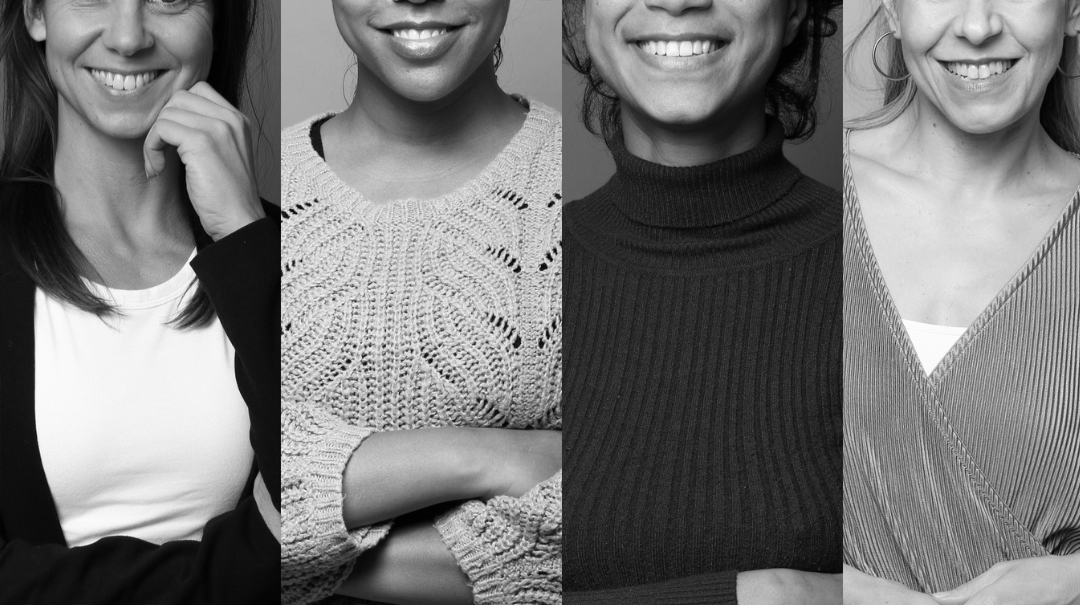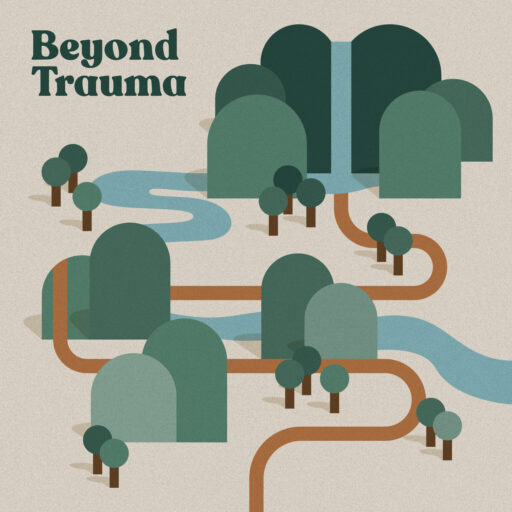Empowerment Self-Defense w. The Safety Team

Trauma-Informed Self-Defense
Moving one’s body in mindful ways can greatly impact well-being and healing.
- The cornerstone to establishing safety for others is through relationship.
- So, The Safety Team focuses on creating safety for all participants through:
- Highlighting the relationship with and between participants.
- Strive for predictability.
- Are skilled in co-regulating with our participants.
Blame shifting isn’t just about pushing away judgments from other people, but also shifting my internal story around why I did what I did.
Shift Blame & Understand the Freeze Response
- Goal: Shift blame from the survivor to the perpetrator.
- This is partly done through psychoeducation.
- Without psychoeducation, there’s a misunderstanding of why they froze.
- It’s critical to understand that the freeze response is survival positive.
- Psychoeducation seeks to dissolve the illusion of control over freezing.
- And to embody the fact that their body didn’t fail them.
- And finally, to eliminate any associated shame.
- Shifting the blame opens up the possibility of being grateful for our response,
- While also moving forward to find new ways of responding.
- To teach the body it has the potential to exit that situation differently.
Affirmative Consent
- Only yes means yes.
- That yes is always continuous.
- It’s about enthusiasm.
- It’s freely given.
- There is no power difference.
Empowerment Self-Defense
- Physical embodied training on how to protect ourselves is curative and preventative.
- By training your system to not go into a freeze response, you prevent tonic immobility.
- Neurologically, if our system evaluates that you’re not strong enough to do something other than freeze.
- Then it’ll freeze. Every time.
- But, if you have an embodied experience that tells you ‘I do know how to get out of this situation.’
- Then you will not suffer from a freeze response.
- This physical training trains us neurologically to have a different fight, flight, or freeze pattern in the fact of trauma.
- The goal is to do it enough so that it all becomes automatic.
- So that you don’t have to use your cognitive brain.
- So when you’re in a situation where your cognition is turned off, you can rely on motor memory.
Self-Defense and Feeling Good in Your Body
- There is a literal muscle weakening that occurs in humans with a history of certain traumas.
- After prolonged or very impactful trauma, we feel weak in our body.
- This is because our body has reduced the amount of electrical stimulation to our muscles.
- Our bodies believe that stillness and smallness are still a good idea.
- This is deep in our survival strategies and evolutionary patterns.
- Prey animals survive better when they are still and small.
- But, we’re not bunny rabbits.
- In response to this, we have to go through the process of waking up our muscles.
- Of inviting our nervous system to allow strength to return to our limbs and core.
- To realize that I’m physically stronger than I thought I was.
- Participants of The Safety Team are often surprised by the power they feel in their bodies.
- By using their body in ways they never have before, they begin to see themselves in a new light.
- To transform these feelings of betrayal into feelings of awe.
- For many trauma survivors, it is an astounding revolution to realize they can feel good in their bodies.
“I am in awe of their resilience, their creativity, their courage, and they hit pretty hard.”
Therapeutic Empowerment Self-Defense
- Healing with a side of prevention.
- The program starts with 3 individual sessions and then 3 very small group sessions.
- The participants are all women who have experienced violence.
- Control is a crucial component of the program.
- Because assault is a profound lack of control.
- We want to counterbalance that by putting as much control in the participants’ hands.
- The Safety Team asks for permission every time they do anything.
- They want to model affirmative consent, to give them control.
- Additionally, by being asked if something is OK, the participants then have to turn inward.
- This is so important because many survivors dissociate from that internal question.
- Because often they don’t benefit from being aware of how not okay with something they actually are.
- Because they’re too busy surviving.
- This lack of control goes beyond perpetrator situations.
Mind-Body Communication and Self-Defense
You can’t learn to feel powerful if you can’t feel your body to start with.
- First, participants learn how to move in their bodies and feel themselves in their bodies.
- We check in to see where their bodies are feeling, and where they’re holding their attention.
- Then, we move through a very structured and tiered movement practice.
- Additionally, we pause to reflect and use a lot of anchoring techniques.
- And continually bringing back to, here’s your voice that is allowing you to project this powerful being you’ve become out into the world.
- We intersperse psychoeducation around autonomic responses, statistics, and trauma responses.
“It becomes an internalized resource for them, whether they ever end up using it physically or not. They evaluate their situation differently because they now have this skill in this resource available.”



